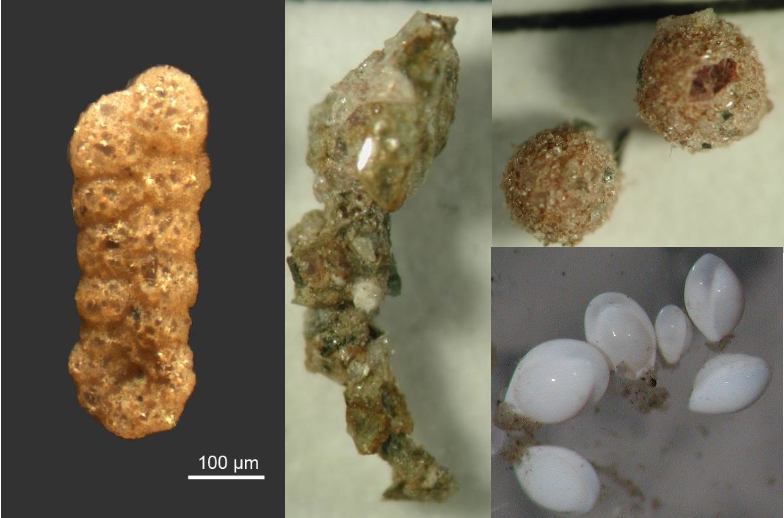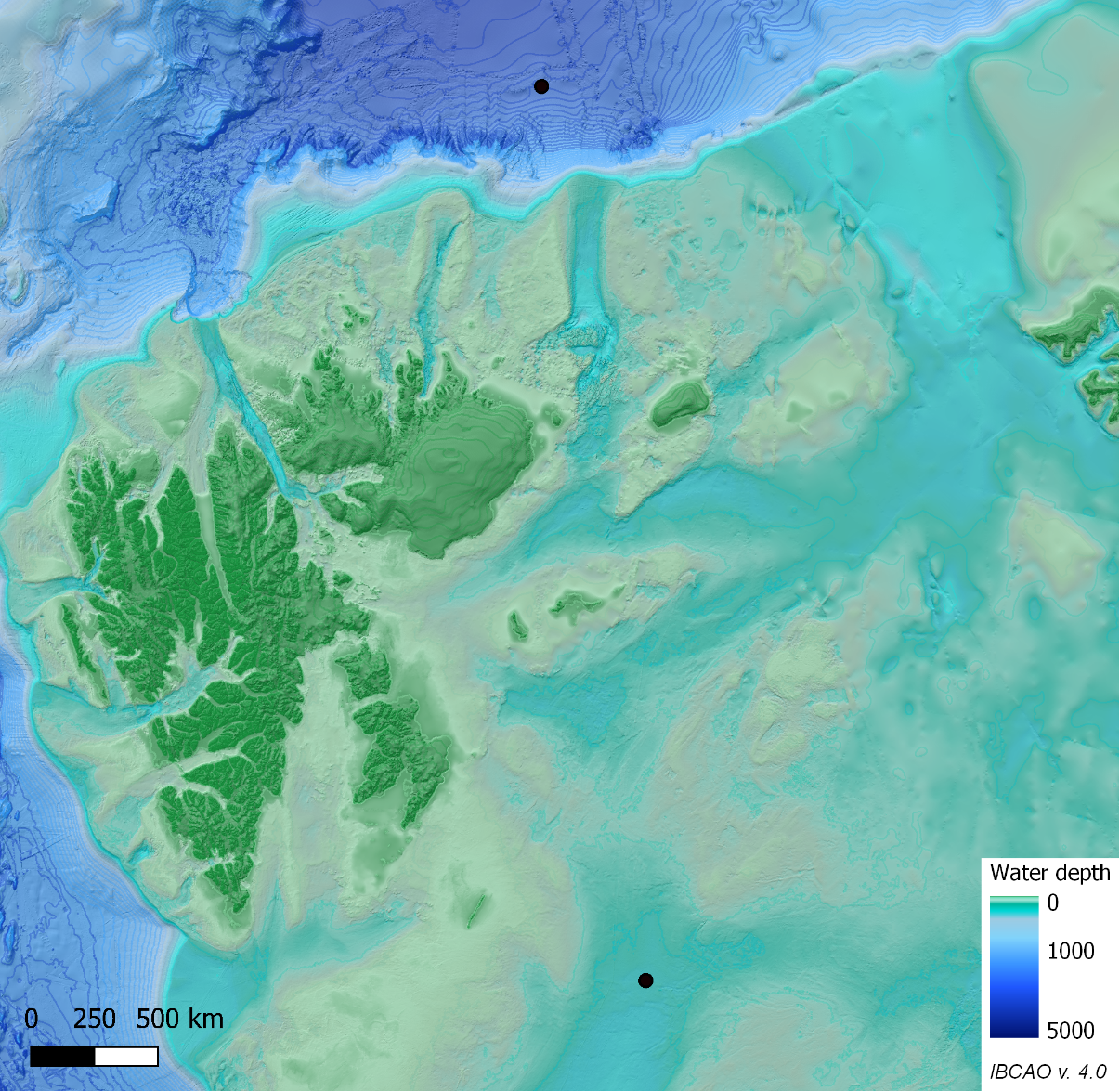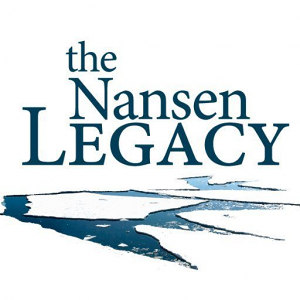The MSc project will be part of the comprehensive research project The Nansen Legacy (https://arvenetternansen.com/), which is the Norwegian Arctic research community’s joint effort to establish an understanding of a changing marine Arctic climate and ecosystem. The project will provide a scientific knowledge base for future sustainable resource management in the transitional Barents Sea and the adjacent Arctic Basin.
Background
Foraminifers are widespread, highly abundant protists and active participants in marine carbon cycling. They are a key taxon in marine ecosystems, composing more than 50% of the biomass in the deep oceans and some high latitude areas. Due to their sensitivity to environmental changes, fast turnover rates, and the preservation of dead assemblages in the fossil record, benthic foraminifera is a valuable model group for studying the effects of ocean warming on marine ecosystems and reconstructing past environmental conditions.
Marine continental margins display gradients of pressure, temperature and food availability associated with proximity to the zone of primary production. These areas are highly vulnerable to climate-induced changes. In the Barents Sea, the competing influences between cold Arctic Water and warm Atlantic Water significantly affect the distribution of sea ice. Thus, the increased warming in recent decades is likely to change the ecosystem functioning and biodiversity patterns in this region. Still, knowledge about these northern regions and how their biogeochemical processes change and affect biodiversity remains limited.
Hence, the MSc research will include interdisciplinary studies of arctic marine physical, chemical, biological, and paleoecological oceanography to investigate possible changes in the northern Barents Sea during the past centuries. This also includes analyses of how physical and chemical characteristics of the substrate and water masses may impact benthic foraminiferal community structure, possible migration patterns and abundance change of species in relation to the overall retreating sea ice. This will shed light on the steadily diminishing sea-ice cover, the prolongation of the productive season and increased autumn blooms.
Aim of the project
The aim of the study is to reconstruct centennial variations in the intensity of Atlantic Water inflow and changes in the sea ice extent in two contrasting sites (north and south AW influence, Fig. 2). Geochemical parameters (e.g., TOC, TN, stable C- and O-isotopes) as well as living and fossil benthic foraminifera in dated sediment cores, plus sediment accumulation rates of sediments deposited during the past few hundred years, will be analysed.
During the last decade, boreal organisms have been expanding northward in the Barents Sea and elsewhere in the Arctic Ocean, while Arctic species have been pushed northwards and potentially out of their suitable habitats. Consequently, an additional aim will be to investigate if any of the living foraminifera assemblages include recently immigrated species. The sediment cores to be used in the MSc study are already available but the student will get the possibility to join one or more other cruises in southern Norwegian fjords.
The student will also get the possibility to be part of the larger Nansen Legacy team.


